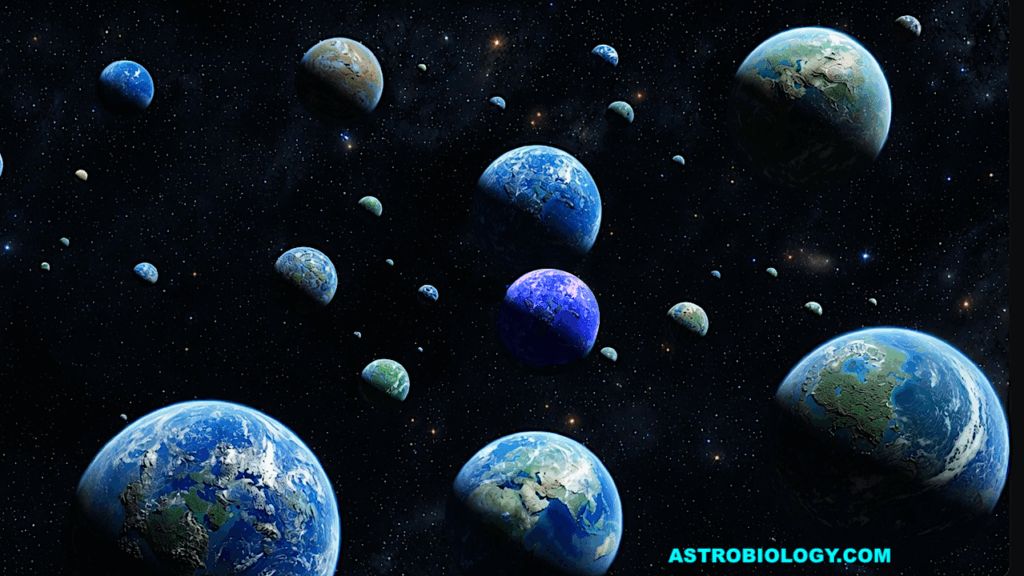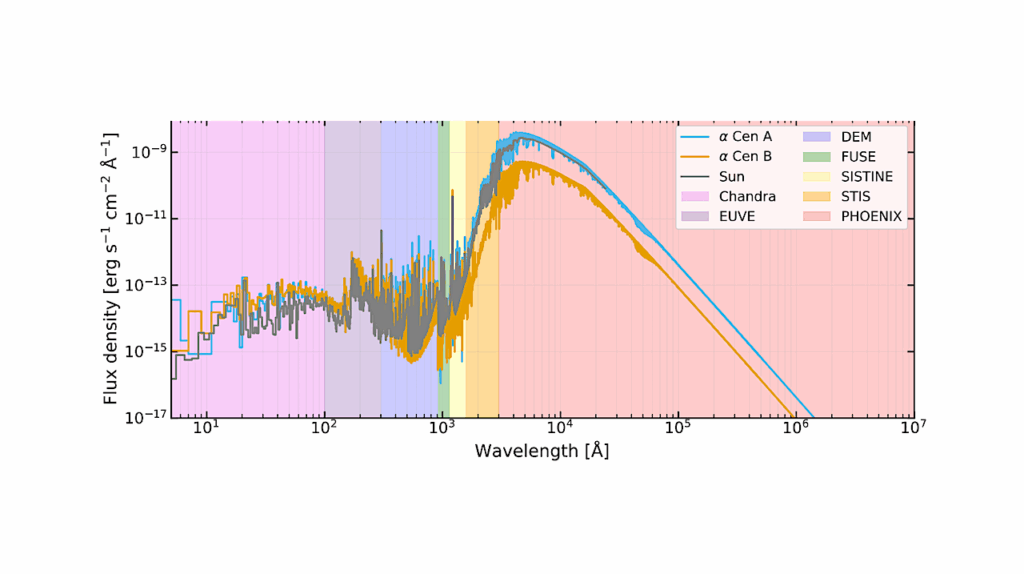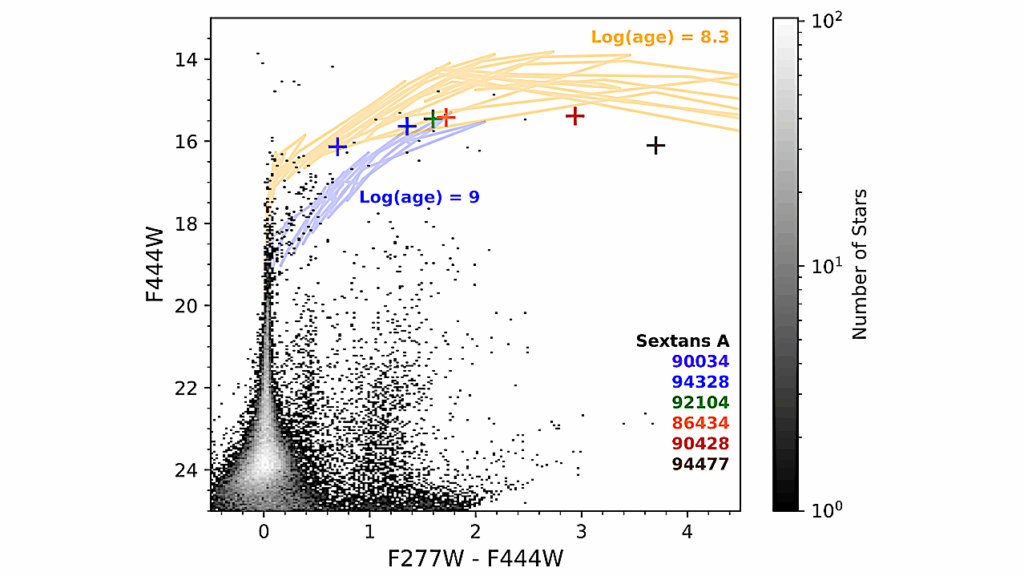Direct Multipixel Imaging and Spectroscopy of an Exoplanet with a Solar Gravity Lens Mission

We examined the solar gravitational lens (SGL) as the means to produce direct high-resolution, multipixel images of exoplanets.
The properties of the SGL are remarkable: it offers maximum light amplification of ~1e11 and angular resolution of ~1e-10 arcsec. A probe with a 1-m telescope in the SGL focal region can image an exoplanet at 30 pc with 10-kilometer resolution on its surface, sufficient to observe seasonal changes, oceans, continents, surface topography.
We reached and exceeded all objectives set for our study: We developed a new wave-optical approach to study the imaging of exoplanets while treating them as extended, resolved, faint sources at large but finite distances. We properly accounted for the solar corona brightness. We developed deconvolution algorithms and demonstrated the feasibility of high-quality image reconstruction under realistic conditions. We have proven that multipixel imaging and spectroscopy of exoplanets with the SGL are feasible.
We have developed a new mission concept that delivers an array of optical telescopes to the SGL focal region relying on three innovations: i) a new way to enable direct exoplanet imaging, ii) use of smallsats solar sails fast transit through the solar system and beyond, iii) an open architecture to take advantage of swarm technology. This approach enables entirely new missions, providing a great leap in capabilities for NASA and the greater aerospace community.
Our results are encouraging as they lead to a realistic design for a mission that will be able to make direct resolved images of exoplanets in our stellar neighborhood. It could allow exploration of exoplanets relying on the SGL capabilities decades, if not centuries, earlier than possible with other extant technologies. The architecture and mission concepts for a mission to the SGL, at this early stage, are promising and should be explored further.
Slava G. Turyshev, Michael Shao, Viktor T. Toth, Leon Alkalai, Janice Shen, Mark R. Swain, Hanying Zhou, Henry Helvajian, Tom Heinsheimer, Siegfried Janson, Zigmond Leszczynski, John McVey, Darren Garber, Artur Davoyan, Seth Redfield, Jared R. Males
(Submitted on 27 Feb 2020)
Comments: Final Report for the NASA’s Innovative Advanced Concepts (NIAC) Phase II proposal. 79 pages, 47 figures, 5 tables
Subjects: Instrumentation and Methods for Astrophysics (astro-ph.IM); Earth and Planetary Astrophysics (astro-ph.EP); General Relativity and Quantum Cosmology (gr-qc); Optics (physics.optics)
Cite as: arXiv:2002.11871 [astro-ph.IM] (or arXiv:2002.11871v1 [astro-ph.IM] for this version)
Submission history
From: Slava G. Turyshev
[v1] Thu, 27 Feb 2020 01:57:11 UTC (5,660 KB)
https://arxiv.org/abs/2002.11871
Astrobiology, Exoplanet








